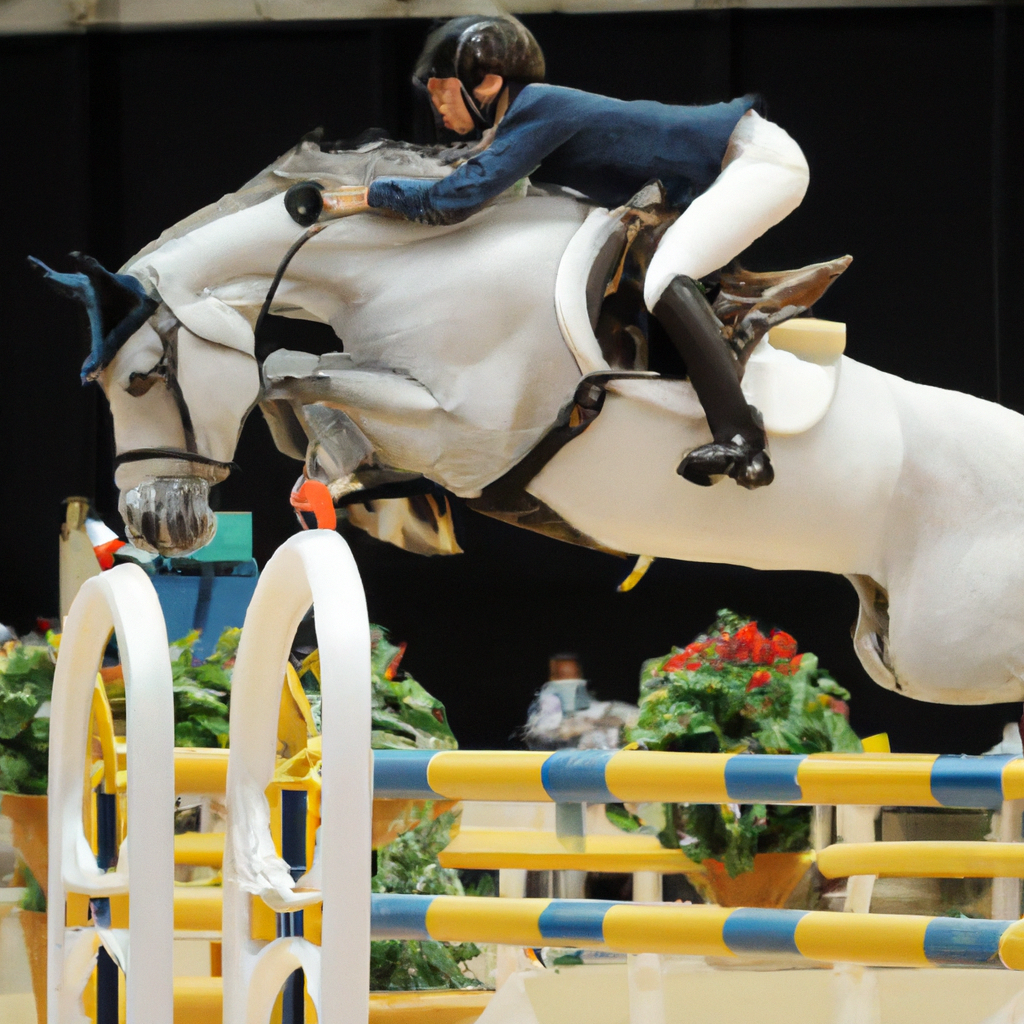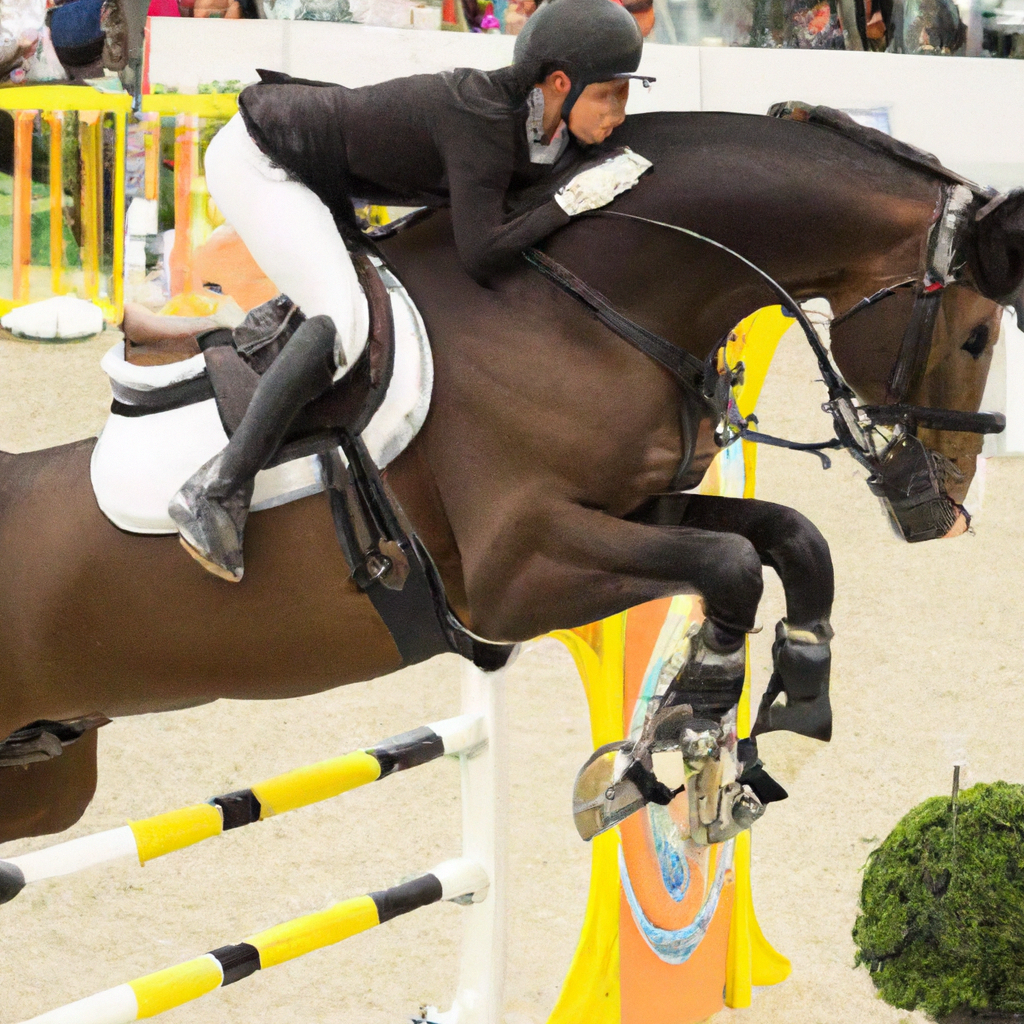If you’ve graduated from beginner to advanced beginner in the exhilarating world of horseback riding, it’s time to talk about that most important skill – maintaining balance. You’ve mastered mounting and dismounting unaided, with confidence oozing in your ability to trot along the shapes of the ring and you’re ready to canter. Yet, it’s the essential understanding of balance -not the grips of your legs or the breathless clinging of reins- that keeps you effortlessly perched on your horse. Aligning your center of gravity with the horse’s as you glide along, is key to mastering Grand Prix Show Jumping. Discover how understanding this delicate art of poise can elevate your performance in the stunning arena of Grand Prix Show Jumping.
Understanding the Importance of Balance
Just like how a dancer maintains rhythm, groove, and execution in an intricate choreography, riders and horse pairs in Grand Prix Show Jumping are a show of balance and precision. Balance, as being the equilibrium or stability maintained by an object or an individual, is the secret behind every flying leap and stylish landing in show jumping.
Importance of balance in Grand Prix Show Jumping
Imagine trying to perform a perfect pirouette on a shifting, unpredictable surface. It would be almost impossible, right? Now, think about doing it while riding on a horse. That’s what show jumping feels like without balance. It’s a dance where the floor can start moving at any minute, needing you to respond instantly while maintaining rhythm and precision.
How balance affects a rider’s performance
With all the daring jumps and sharp turns, the skill of balance greatly influences a rider’s performance. It affects how seamlessly you can make transitions, how smoothly you can negotiate turns, and fundamentally, how securely you stay on your horse.
The relationship between horse and rider balance
The relationship between horse and rider balance is one of symbiosis. Your balance affects your horse’s balance and vice versa. If you lean too much in one direction, your horse may follow suit, causing before-mentioned sharp turns and transitions to be a challenge.
Fundamental Principles of Balance
To better keep yourself attached and in tune with your horse, you must first understand the fundamental principles of balance.
The role of the center of gravity
Imagine a straight line from your head to your heels. That is where your center of gravity lies. Managing to keep that line intact is pivotal in maintaining your balance. When changing direction or speed, adjust the center of gravity accordingly for better control over your movement.
Effects of the horse’s movement on balance
Every bob of your horse’s head, every stride it takes, impacts your balance. Attuning your movements with your horse’s is essential for keeping balance.
Maintaining balance while changing gaits
Never underestimate the shakeup in balance when your horse changes gaits. The shift from walk to trot, trot to canter, can throw you off. Learning to adjust your body movements simultaneously goes a long way in maintaining balance.
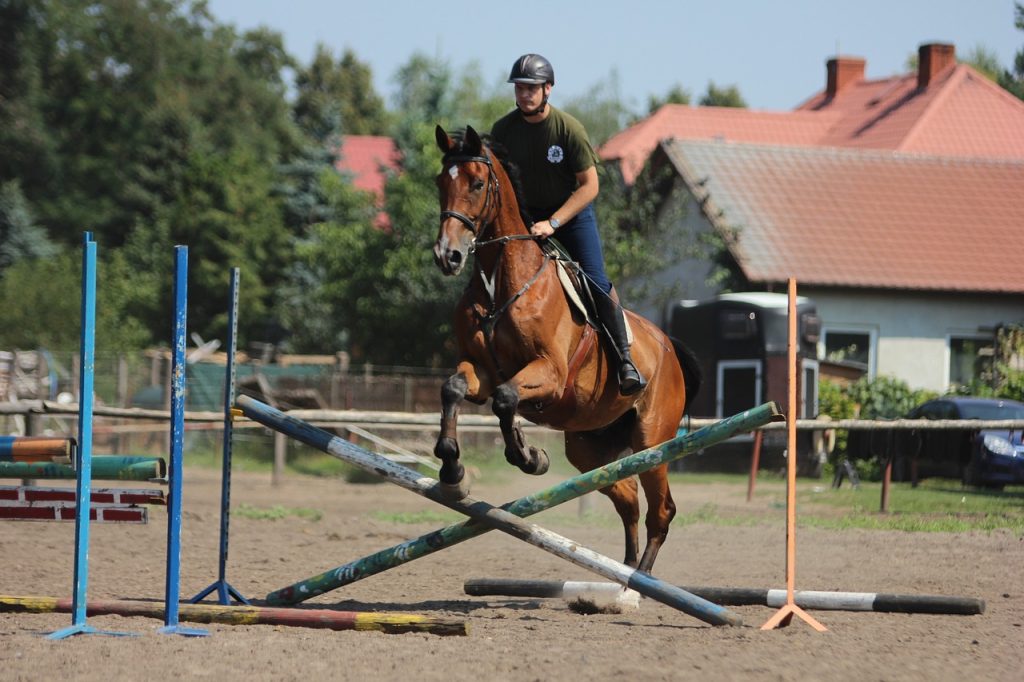
This image is property of pixabay.com.
Mastering the Art of Balance as an Advanced Beginner
As an advanced beginner, being comfortable at the walk and trot sets you up to take on the next challenge: cantering.
Introduction to cantering
Cantering is a more dynamic gait and requires more balance control from both the horse and the rider. The motion is three-beat, leading to a more complex rhythm that needs to be picked up.
Developing the right posture
Posture is paramount in maintaining balance. Sit up tall, with your shoulders back and chest open. Keep your head up and look where you’re going, not at the horse. It helps in establishing a firm base of support over your horse’s center of gravity.
Practicing rhythm with trotting
Learning how to trot with rhythm is key in preparing your body for more complex movements. It gets you comfortable following your horse’s movement which is essential for maintaining balance in higher gaits.
The Rider’s Position and Balance
The rider’s position is integral to maintaining balance. It doesn’t just keep you in the saddle but also allows you to guide your horse effectively.
The role of the rider’s position in balance
The rider’s position directly affects the horse’s ability to balance itself. Together, these align to create a harmonious whole. A rider too tight or too loose translates directly to the horse’s balance.
Ideal positions for different gaits
Every gait requires slightly different positioning. For instance, at a canter, you’ll lean forward slightly more than at a trot. Mastering these subtle changes will have a major impact on your balance.
Correcting bad habits in rider’s position
Every rider develops some bad habits. It might be slumping the shoulders or looking down. Correcting these errors is key to improving your balance and performance in the long run.
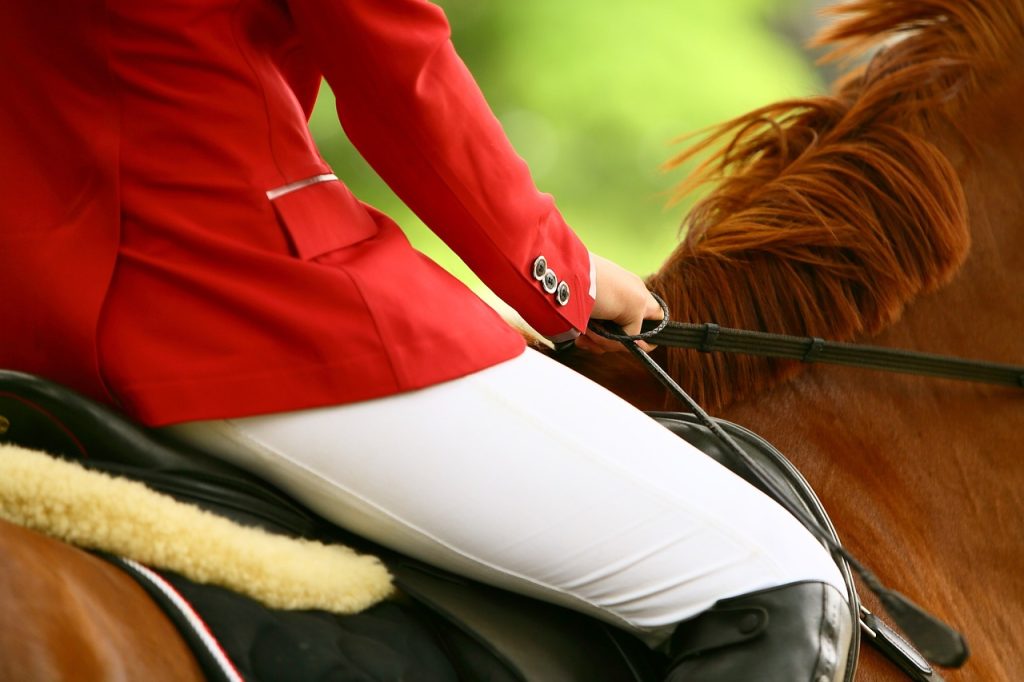
This image is property of pixabay.com.
Balance Training Exercises
Balance exercises in and out of the saddle can help improve your control.
Simple balance exercises for beginners
For beginners, practicing balance could start with something as simple as standing on one foot, utilizing an exercise ball, or practicing yoga.
Advanced exercises for improving balance
Advanced riders might try more complex exercises like riding without stirrups or switching gaits quickly. These exercises can help improve both balance and reaction time.
Role of fitness and core strength in maintaining balance
A fit body and strong core are integral for balance. Regular workouts focusing on core strength can significantly improve balance.
Cross-training exercises for balance
Cross-training exercises such as Pilates or free weights training can also improve your balance.
Balance and Jumping Tasks
The ability to maintain balance during jumps is critical in show jumping.
Preparing for a jump
Before a jump, establish a balanced pace. Prepare by looking where you’re going and letting your horse know.
Maintaining balance during a jump
When over the jump, lean forward and keep your weight centered. It allows the horse to round its back and jump fluidly without any hindrance.
Rebalancing after a jump
On landing, absorb the impact by flexing your hips, knees, and ankles, and immediately restore your balance.
Troubleshooting common issues during jumps
If you’re having trouble maintaining balance during jumps, it might be due to multiple issues such as your initial speed, timing, or even fear. Identifying the root cause and addressing it can help solve the problem.
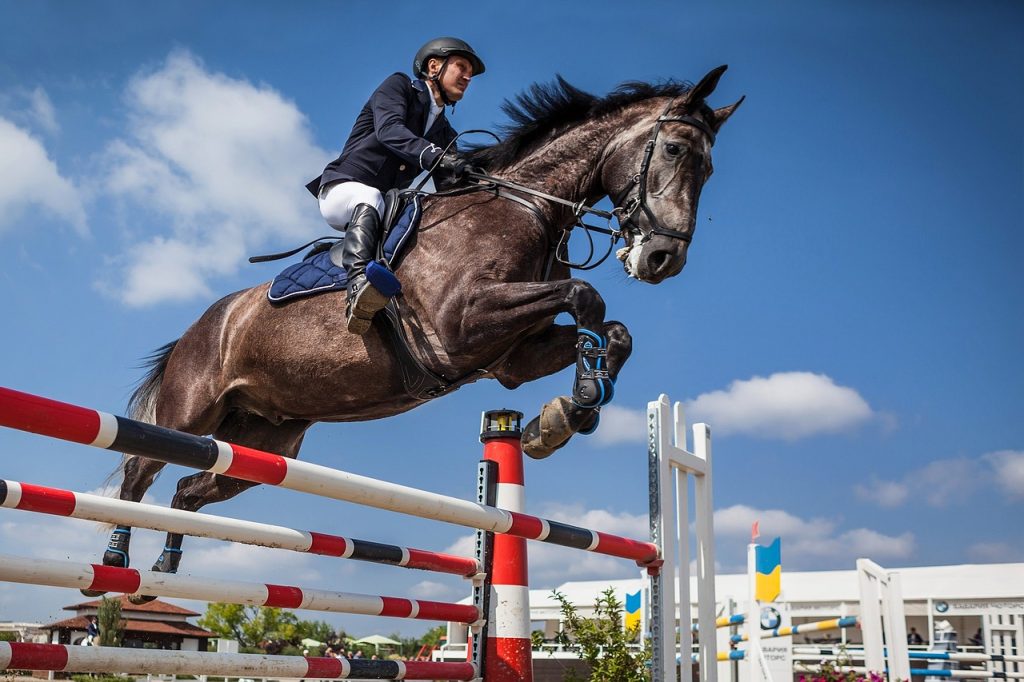
This image is property of pixabay.com.
Maintaining Balance during Rapid Movements
Quick movements, sudden changes in direction, or high-speed maneuvers add another layer of complexity to maintaining balance.
The rider’s role during rapid movements
During rapid movements, the rider’s role is even more critical. Quick, clear signals and precise responses can control these sudden movements while maintaining balance.
How to handle sudden changes in direction
To handle sudden changes in direction, shift your weight smoothly to prevent abrupt movements that may unbalance your horse.
Ways to maintain balance during high-speed maneuvers
For high-speed maneuvers, keeping a firm contact with your horse and planning your moves in advance can help maintain your balance.
The Role of the Horse in Maintaining Balance
Your horse isn’t just a vehicle but a partner. It also plays a significant role in maintaining balance.
Understanding the natural balance of the horse
Each horse has a different natural balance. Understanding this can make a significant difference in how you approach your horse’s training.
How the horse’s behavior and health can affect balance
The horse’s behavior and health, from mood to musculoskeletal health, can affect its ability to balance which in turn influences your balance.
Training the horse to assist with maintaining balance
Training your horse to respond to your movements and commands can immensely assist with maintaining balance.
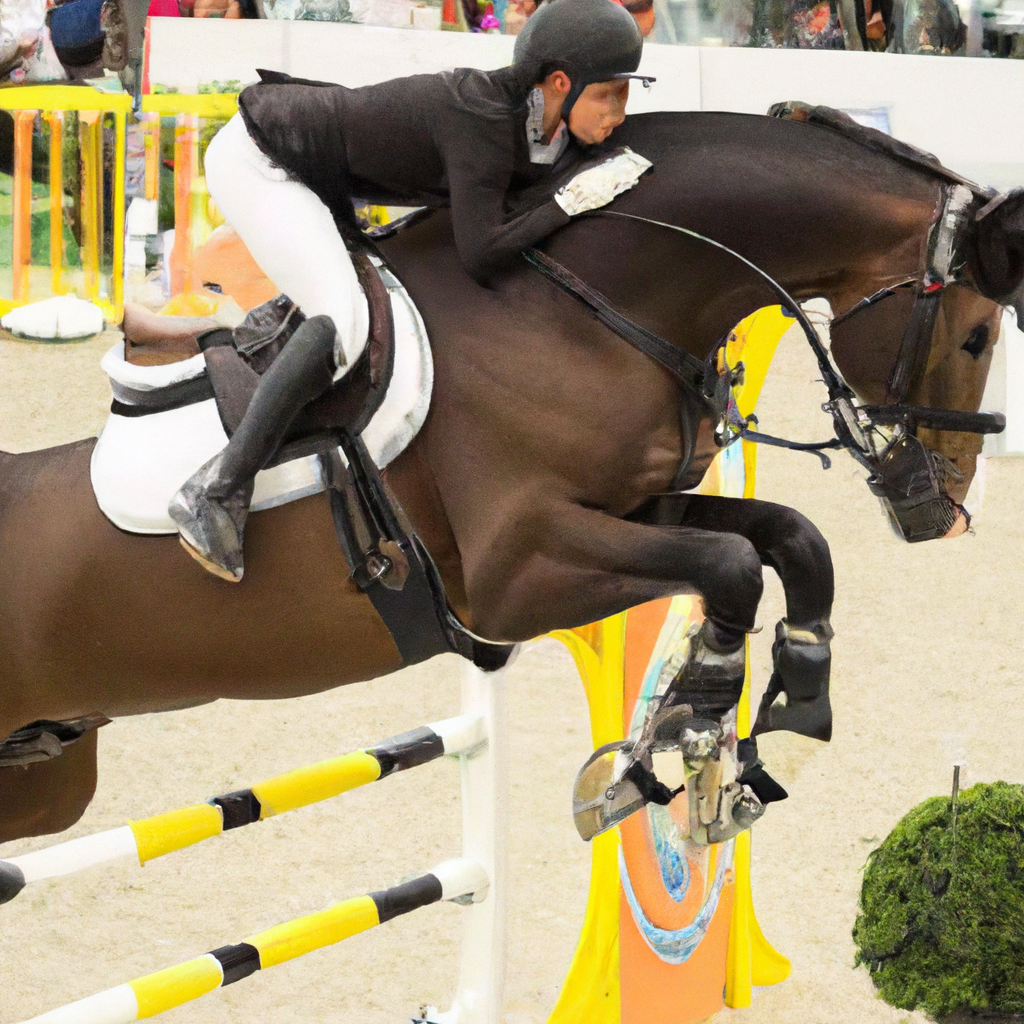
Balance and Competition Riding
Competitions are the ultimate test of your balance skills.
Specific challenges in Grand Prix Show Jumping
Grand Prix Show Jumping, with its high fences and sharp turns, poses unique challenges to maintaining balance.
Preparing mentally for balance in competition
Preparing mentally for balance in a competition is also crucial. Visualization and mental rehearsals can help you anticipate moves and maintain balance.
Strategies for maintaining balance during a competition
Strategies like staying relaxed, keeping a clear mind, and relying on your training can help maintain balance during a competition.
Staying Safe while Mastering Balance
Safety should never be compromised while mastering balance.
Knowing your abilities and limits
Pushing yourself beyond your abilities can be dangerous. It’s essential to know your limits and progress gradually.
Safety equipment and balance
Always wear appropriate safety equipment, which not only protection but can also aid in improving balance, like ensuring boots have appropriate treads for a secure grip.
Dealing with falls and loss of balance
Falls and losing balance are part of the learning process. Knowing how to fall can prevent injuries.
Preventing common balance-related injuries
Warming up before riding, regular exercising, and acknowledging when you need rest are key prevention strategies. Also, maintaining a healthy rapport with your horse can also prevent balance-related injuries. Remember, balance is not about perfect control but about creating harmony between you and your horse.
